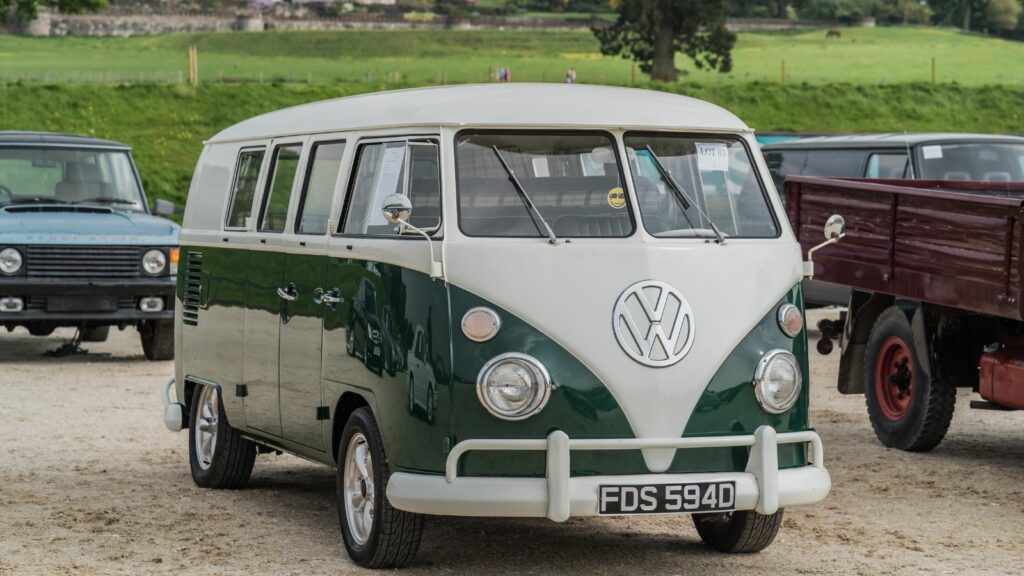Few vehicles have woven themselves into the cultural fabric of North America quite like the Volkswagen Type 2 camper van. Known affectionately as the “VW Bus,” this rolling icon of freedom became more than just transportation—it became a lifestyle. From the hippie counterculture of the 60s to today’s Instagram-ready road trips, the Type 2 remains a symbol of adventure, individuality, and wanderlust. Here are fifteen reasons it captured hearts across generations, expanded with deeper detail and history.
The Perfect Rolling Home
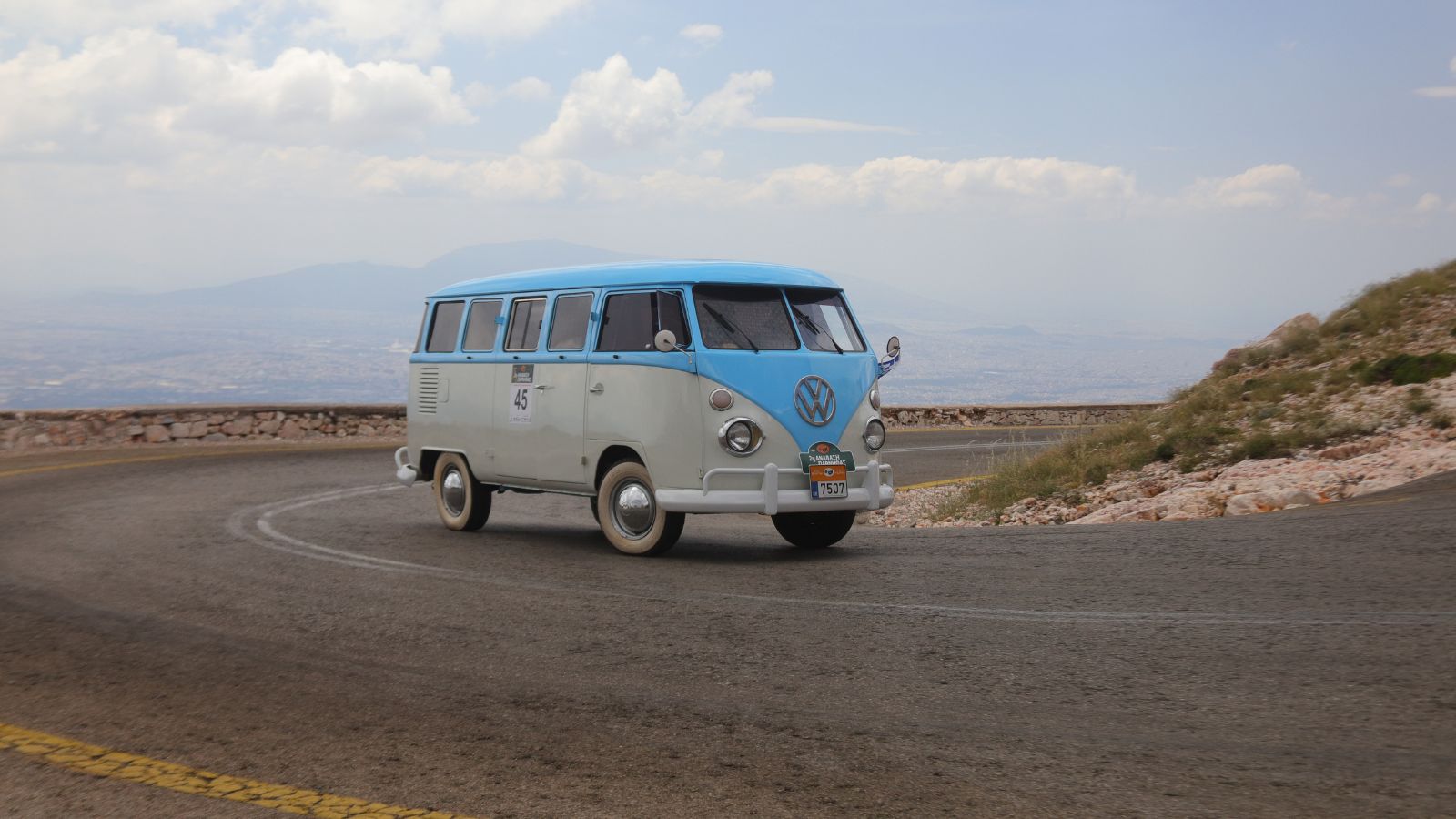
The VW Type 2 wasn’t just a van; it was a house on wheels. With fold-down seats that turned into beds, small stoves, and pop-up roofs, it offered everything you needed to live on the road. Families could camp without pitching a tent, and young travelers could roam freely without paying for motels. It was functional minimalism before minimalism was cool, inspiring generations of DIY camper conversions that continue today.
Affordable Freedom
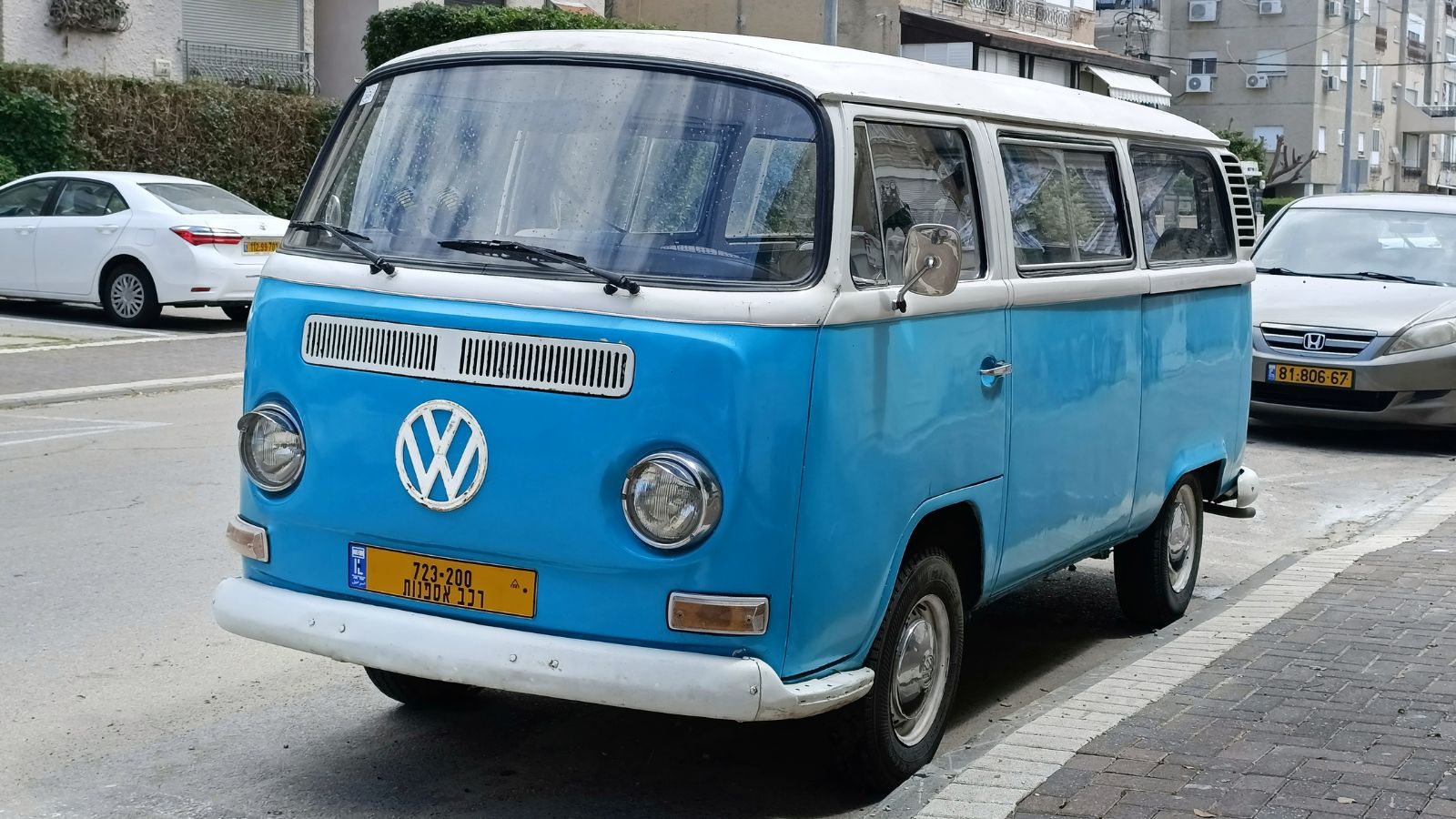
For decades, the VW Bus was far cheaper than traditional RVs or campers. Students, artists, and young couples could afford one, load it with essentials, and head off wherever the highway led. That sense of affordable independence gave it mass appeal, especially in the postwar boom when hitting the road felt like an American rite of passage. Unlike large motorhomes, the Bus was approachable, making the dream of extended travel possible for ordinary people.
The Counterculture Symbol
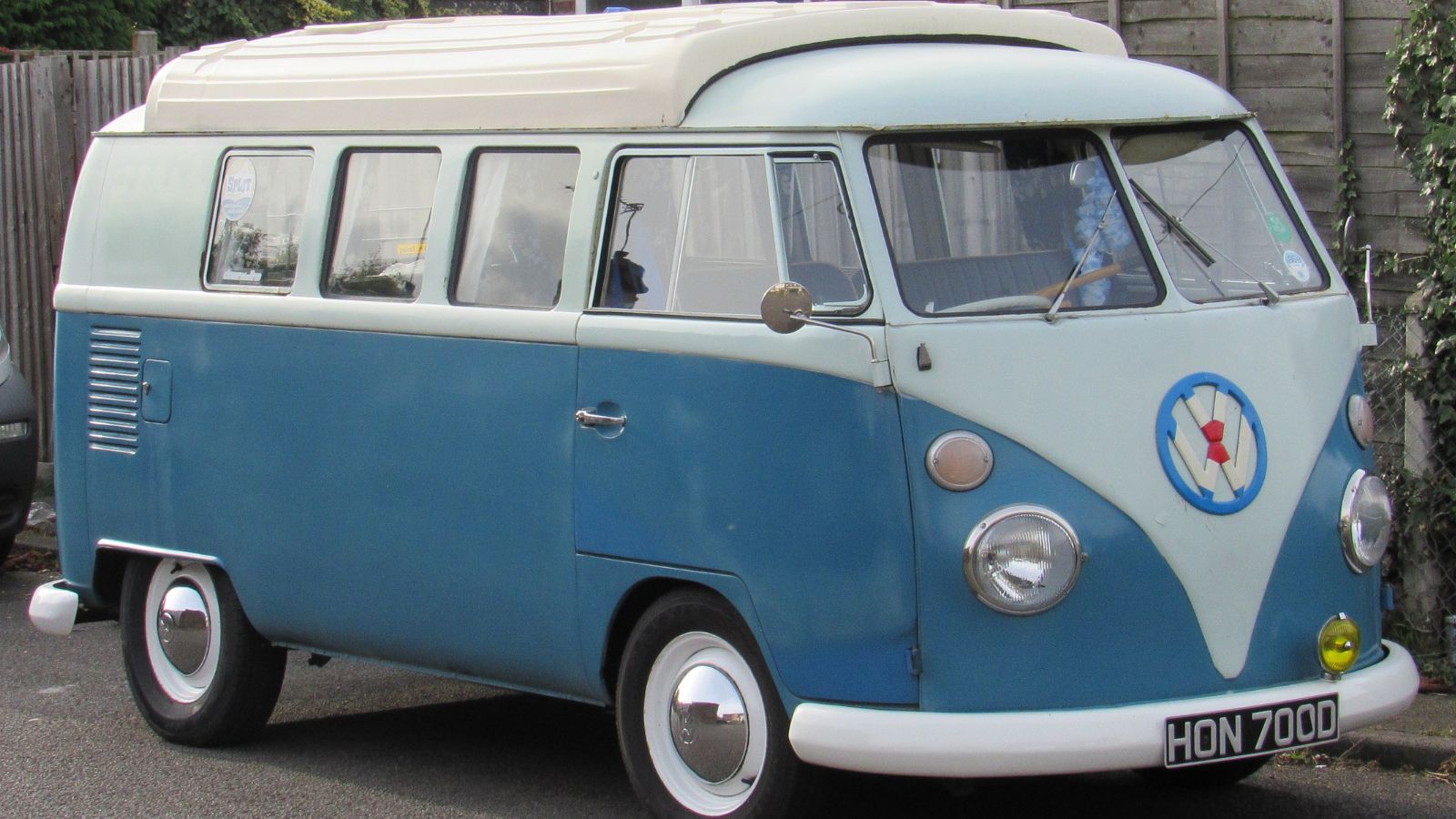
In the 1960s and 70s, the Type 2 became synonymous with the counterculture movement. Painted with psychedelic colors, plastered with peace signs, and filled with guitars, it was a rolling statement against conformity. At Woodstock in 1969, fleets of VW campers lined the fields, forever cementing their place as icons of rebellion and free-spirited living. To own one wasn’t just about transportation—it was a declaration of lifestyle, one that resonated with North America’s youth.
Compact and Simple Design
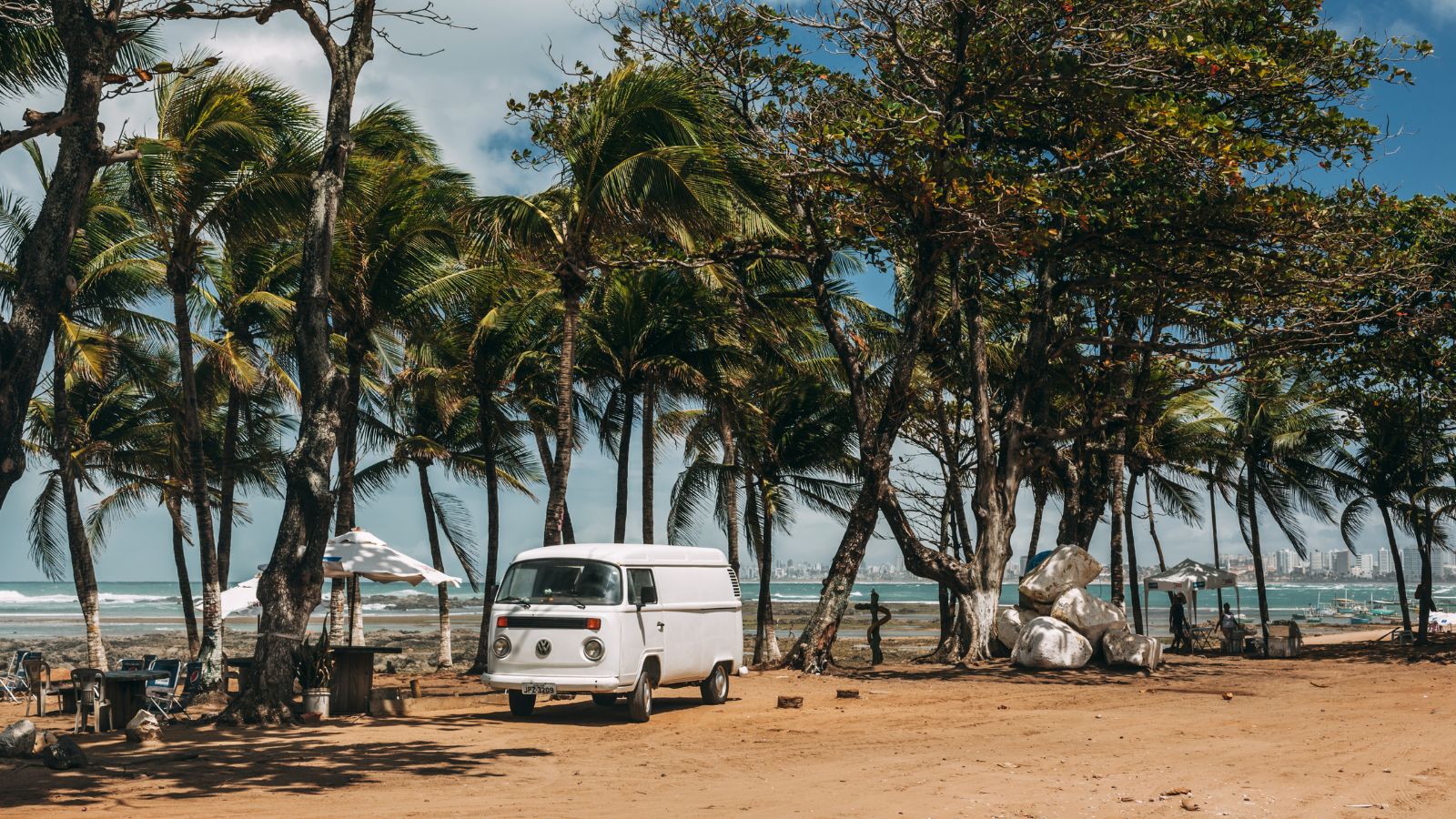
Unlike bulky RVs, the VW Bus was small enough to park in a city and nimble enough for winding coastal roads. Its boxy design meant every inch of space was usable, and owners could customize the interior to suit their needs. That simplicity made it approachable for DIY modifications and personalized touches. It wasn’t intimidating like a Class A motorhome—anyone could hop in and start their journey.
Iconic Styling
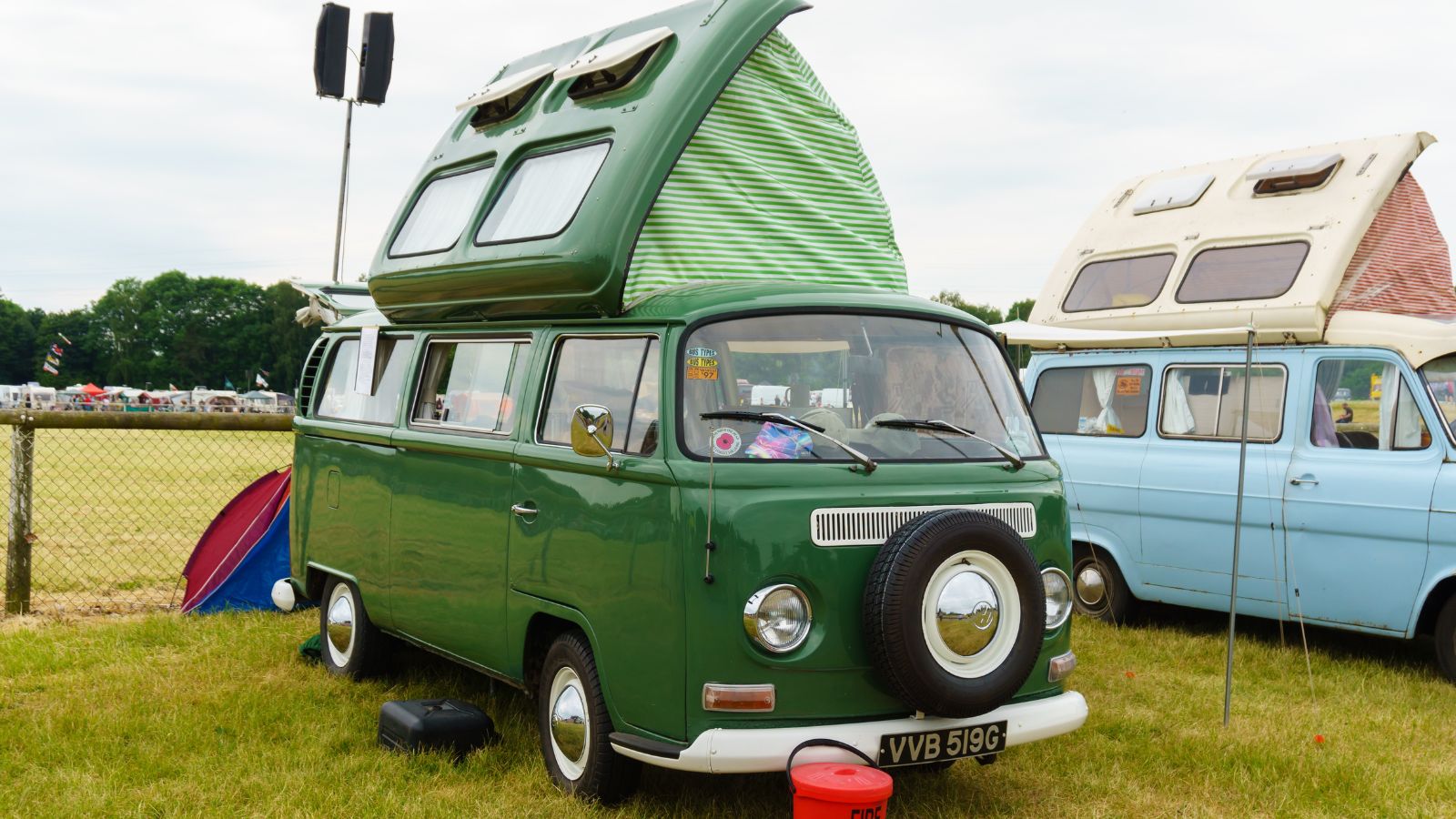
Few silhouettes are as instantly recognizable as the rounded nose and big VW badge of the Type 2. Whether split-window (1950–1967) or bay-window (1968–1979), its design struck a balance between playful and practical. Even today, you can’t help but smile when you see one on the road. The styling was equal parts friendly and functional, which explains why even rusted, patina-covered Buses are prized collectibles in North America today.
The Westfalia Factor
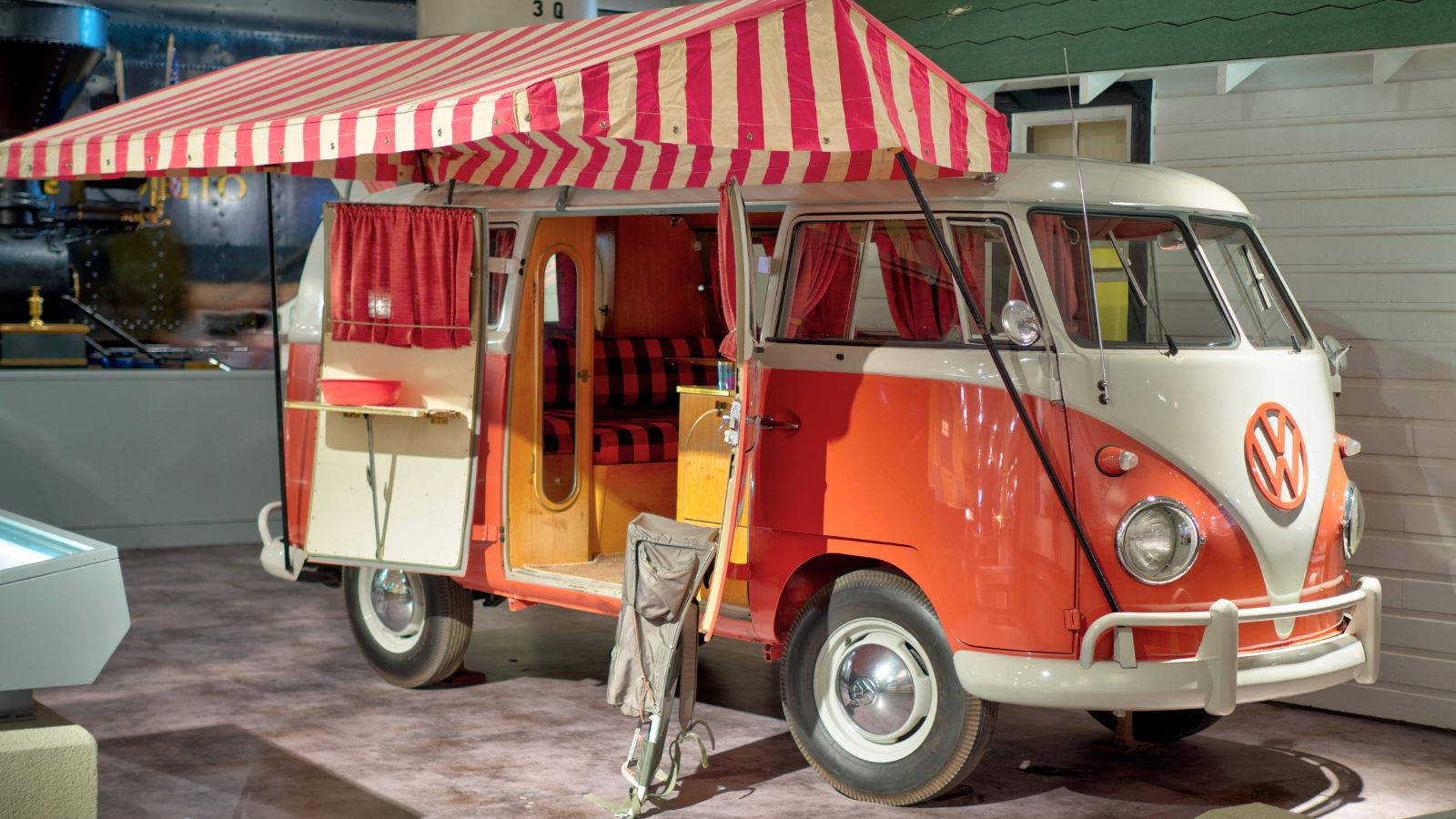
Volkswagen’s partnership with Westfalia to create factory camper conversions elevated the Bus from van to full-blown adventure machine. Westfalia models included pop-top roofs, fold-out beds, iceboxes, and storage solutions, making them pioneers in compact camper design. In North America, owning a Westy was the ultimate travel hack, a ready-made home that could be parked at the beach or in a national park. The Westfalia name became so legendary that people still use “Westy” to describe any VW camper, whether it is one or not.
The Surf Connection
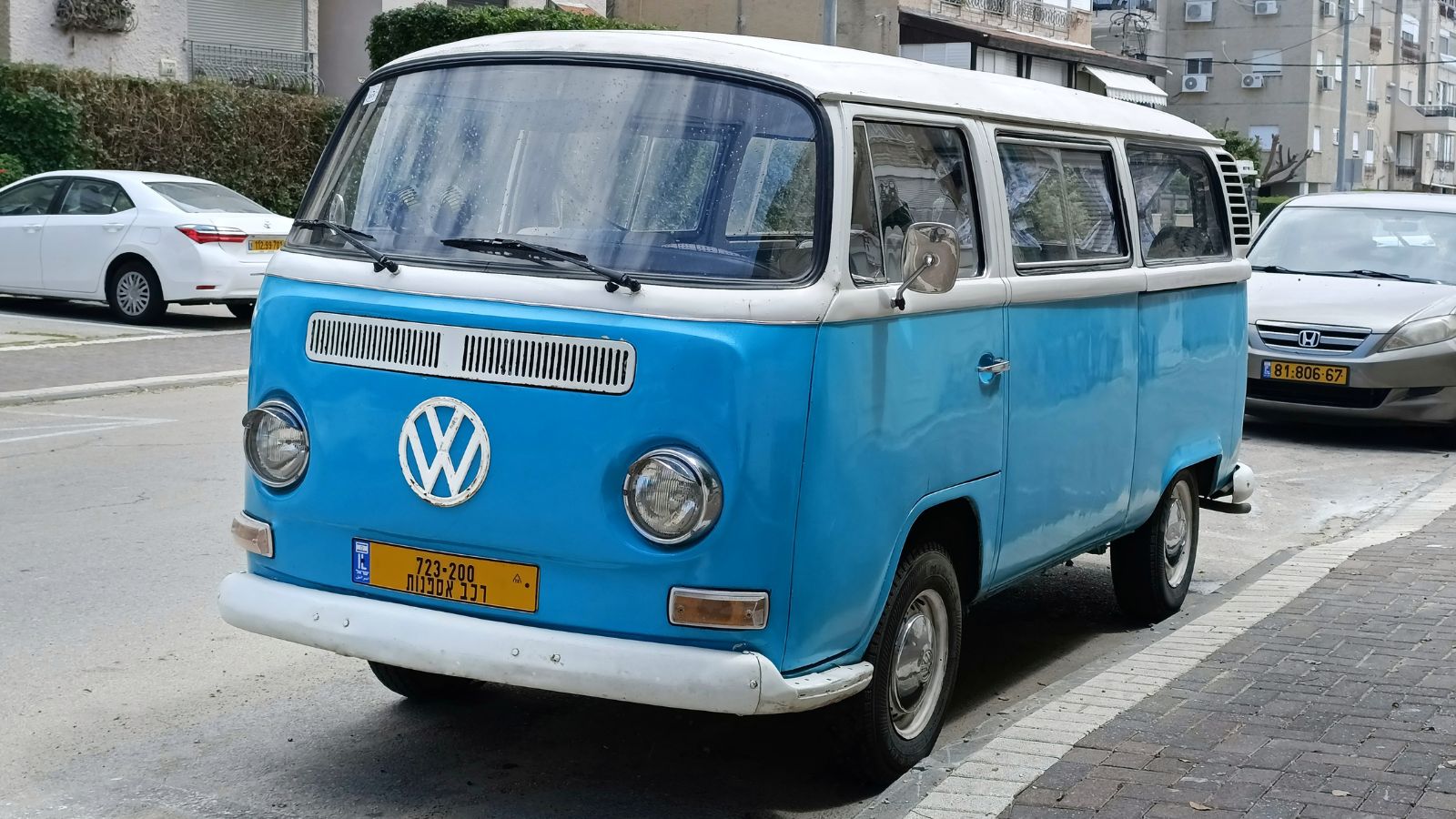
From California’s coast to Florida’s beaches, the VW Bus became inseparable from surf culture. It could haul boards, friends, and gear while doubling as a base camp for all-day beach sessions. Parked next to the ocean with doors open and music playing, it embodied the laid-back surfer lifestyle. Magazines in the 60s and 70s frequently featured VW campers on sandy backdrops, turning them into rolling advertisements for freedom.
Easy to Wrench On
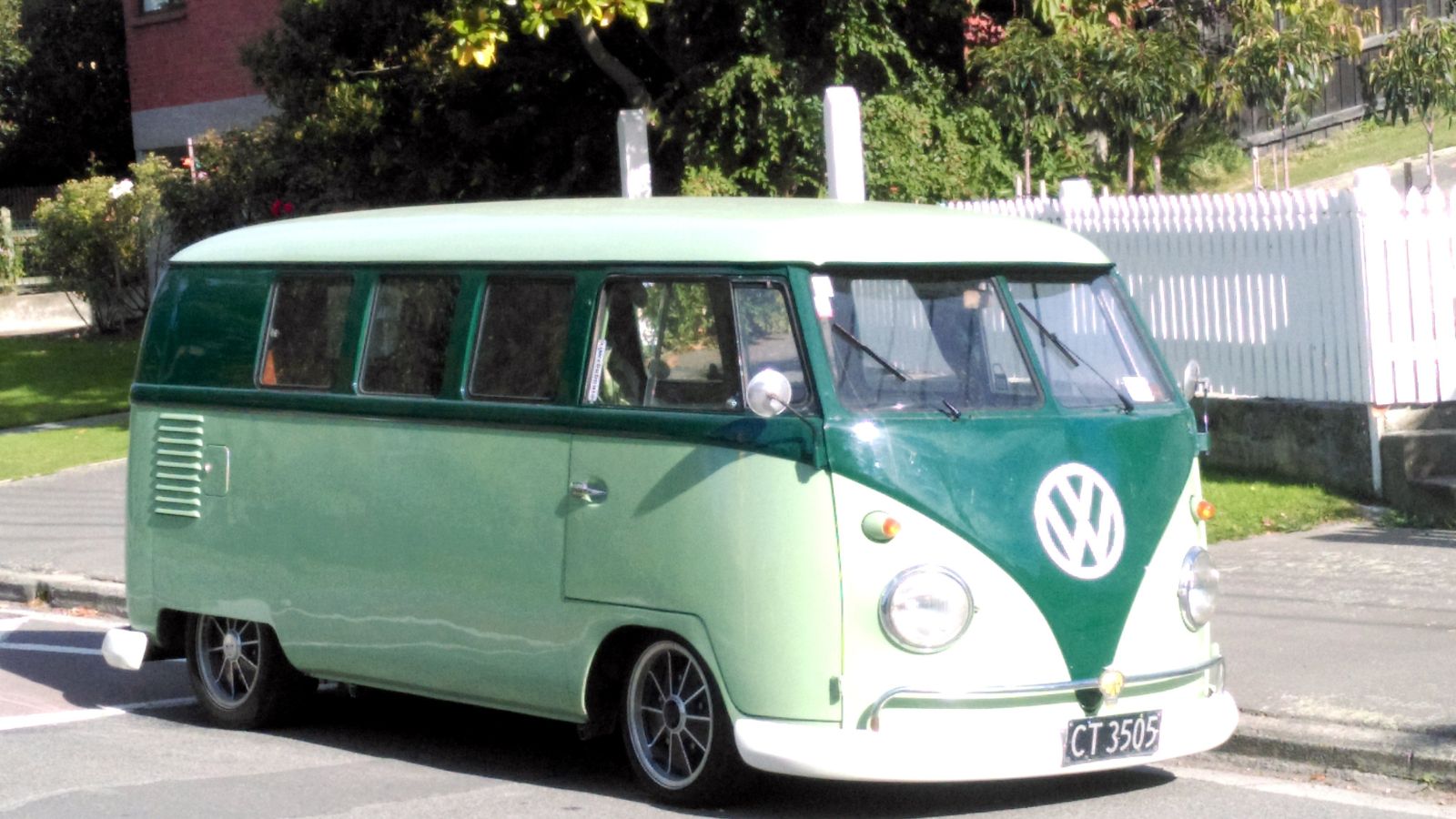
The air-cooled engine in the back was simple, accessible, and forgiving. Owners with basic mechanical skills could keep their Bus running with a few tools and a repair manual. This made it especially appealing in remote parts of North America where dealer support was scarce but resourcefulness was abundant. It also encouraged a hands-on ownership culture that still thrives today, with countless enthusiasts swapping engines, upgrading brakes, and keeping these classics alive.
A Family Adventure Machine
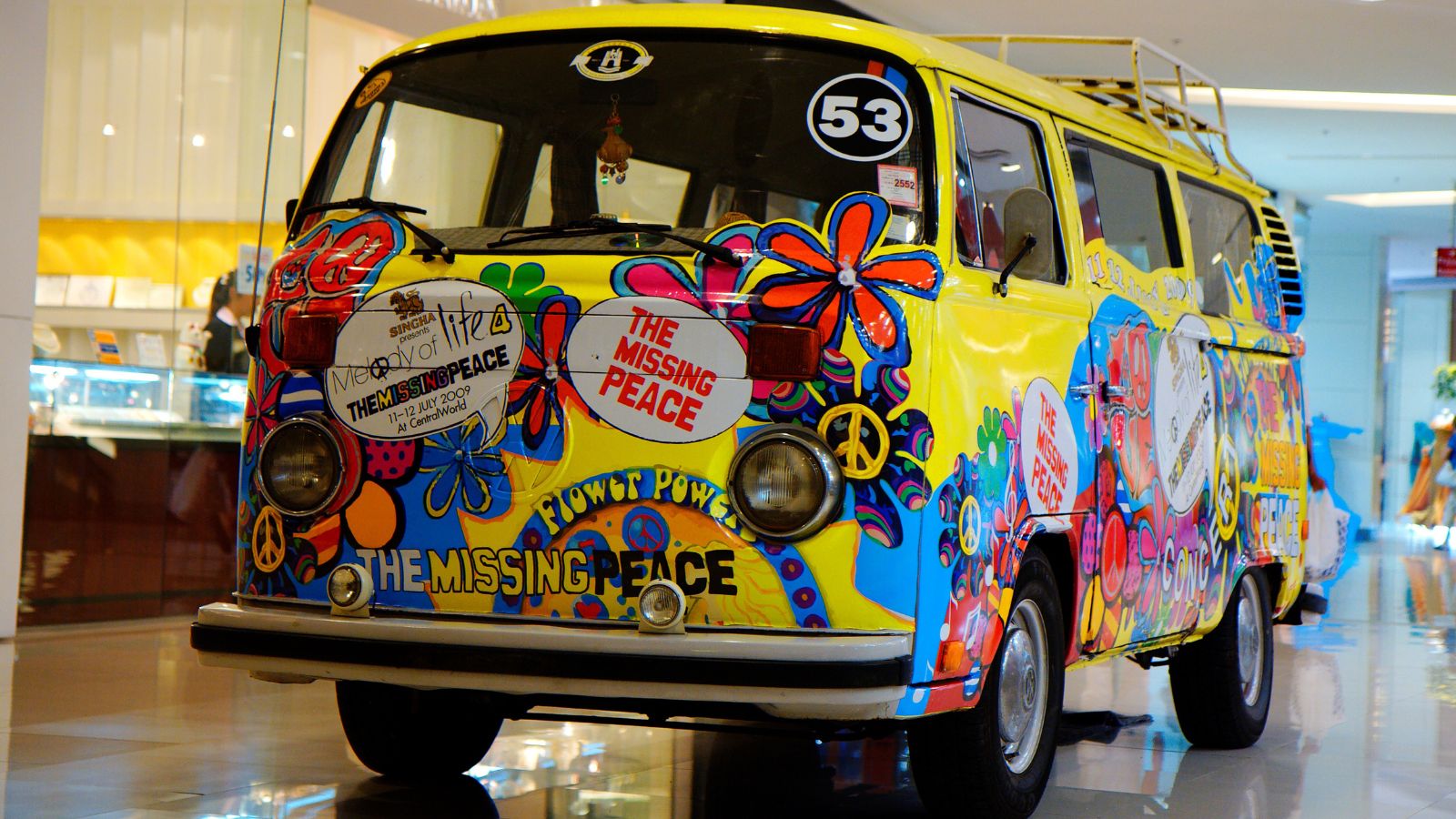
For families, the VW Bus was a budget-friendly way to hit the road. Parents could pile in kids, pets, and camping gear and head to national parks, lakes, or cross-country adventures. Countless childhood memories in North America were made in the back of a VW camper, giving it nostalgic power across generations. It wasn’t just a vehicle; it was a backdrop for stories, games, and family traditions that became part of American and Canadian travel culture.
Gas-Sipping Efficiency

In an era of gas-guzzling American wagons, the VW Bus offered relatively good fuel economy. It wasn’t fast—on a good day you were lucky to reach 60 mph uphill—but it could stretch a gallon farther than most family haulers of its time. That efficiency made long road trips more feasible, especially during the oil crises of the 1970s, when the Bus became a practical alternative to massive V8-powered campers.
Cultural Appearances

From Woodstock to Hollywood films, the VW Bus has been featured everywhere. It became shorthand for freedom, fun, and rebellion, cementing its status in North American pop culture. Appearances in shows like Scooby-Doo or movies about the 60s only strengthened its reputation as the ultimate cool-mobile. Even modern media continues to use the VW Bus as a visual cue for adventure and nostalgia.
A Canvas for Creativity
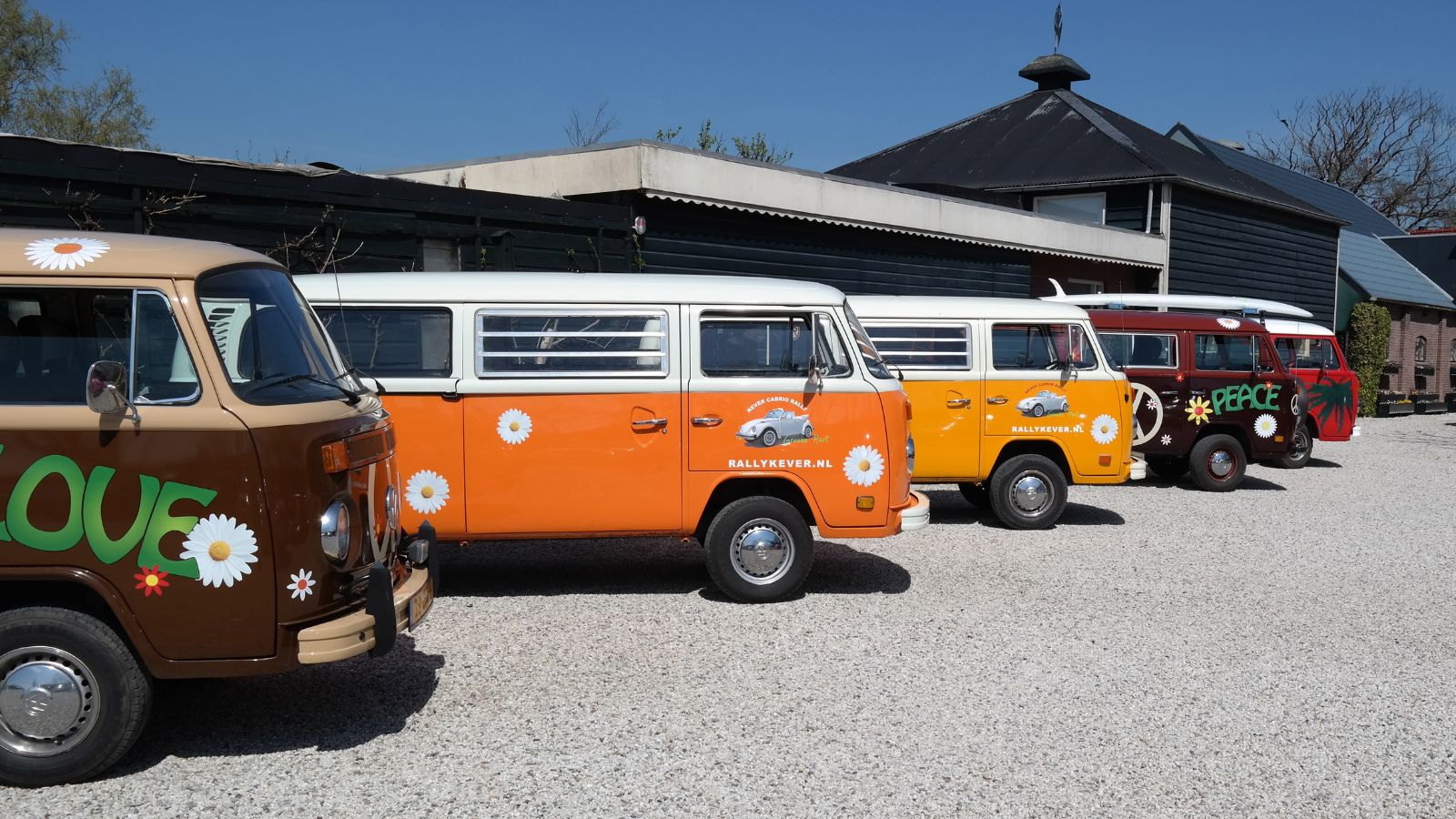
No two VW Buses were alike. Owners painted them, decorated them, and customized their interiors in wild and wonderful ways. Some were covered in flowers, others in murals, and some in nothing but rust and stickers. That ability to express individuality on wheels made the Bus a cultural art piece as much as a vehicle. For many, it wasn’t just transportation—it was self-expression rolling down the highway.
Community and Camaraderie
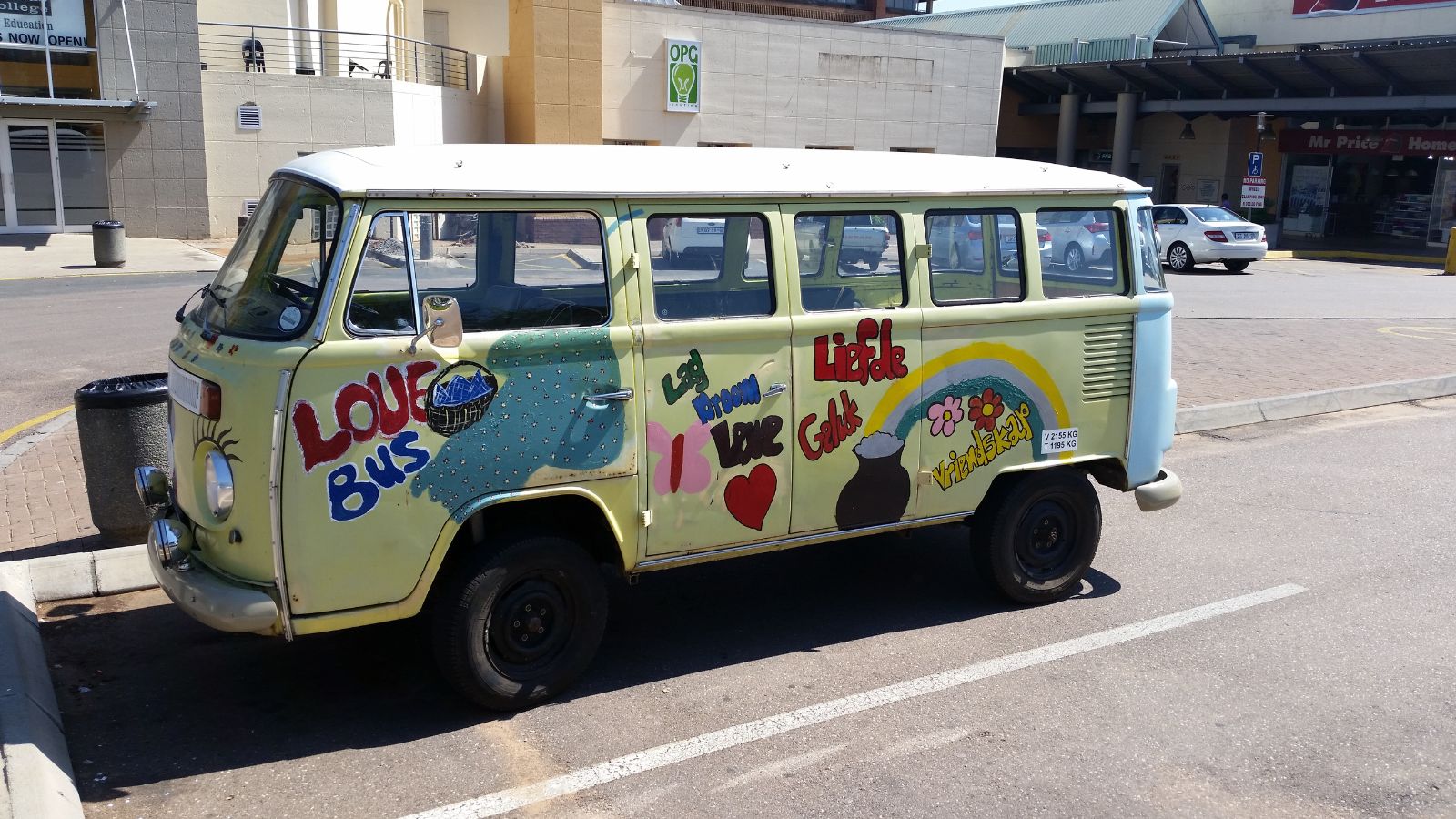
VW Bus owners in North America formed a unique community, one that still thrives today. Van festivals, meetups, and convoys gave owners a sense of belonging. When you saw another Bus on the road, it wasn’t just another car—it was a nod to a shared lifestyle and a bond between free spirits. That sense of camaraderie still carries on, with Bus rallies drawing enthusiasts by the thousands.
Longevity and Nostalgia

The Type 2 endured for decades, with production stretching into the 2010s in some parts of the world. In North America, its long life created layers of nostalgia. Parents who road-tripped in one passed down the stories to their kids, who in turn grew up dreaming of owning one themselves. That generational cycle keeps the legend alive, and it’s one of the reasons Type 2 values have skyrocketed in the collector car market.
The Dream of the Open Road
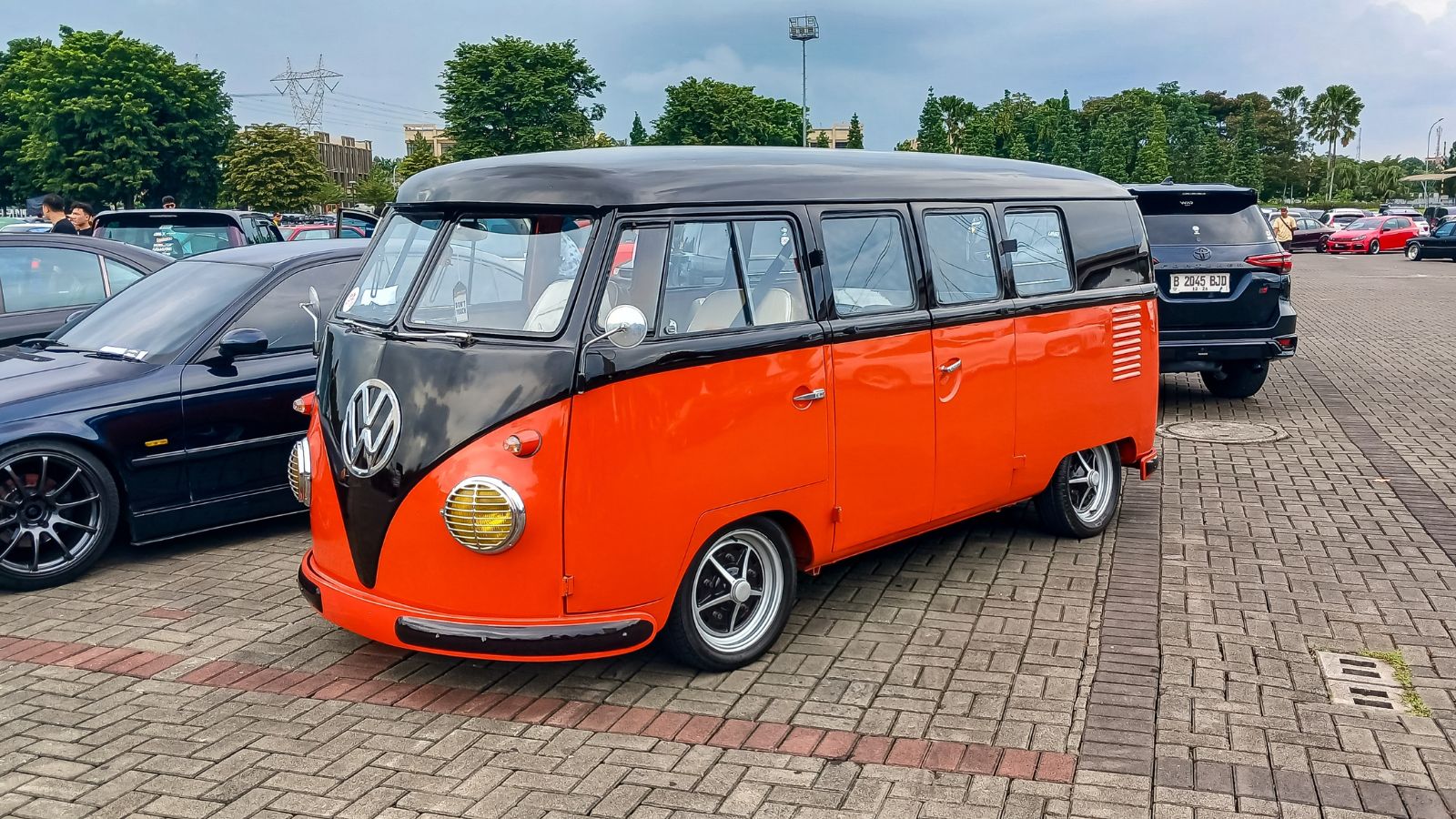
Above all, the VW Bus represents freedom—the chance to leave it all behind and chase the horizon. Whether parked at a mountain overlook, cruising Route 66, or sitting in a beach lot at sunset, it became the embodiment of the North American road trip dream. Modern vanlife influencers may drive Sprinters or ProMasters, but the roots of their culture lie firmly in the Volkswagen Type 2. It’s a vehicle that will forever symbolize the idea of getting away, living simply, and exploring without boundaries.
